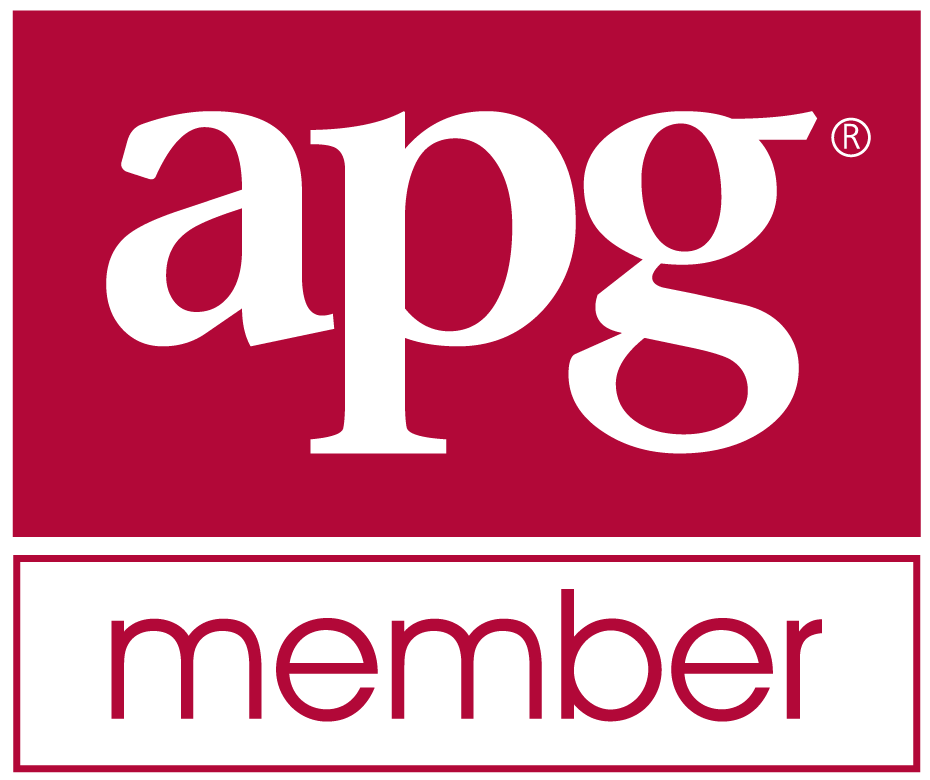The upgrade to the new Delphi-2009 compatible ElPack did not come without its share of pain. A few essential features of Behold were not working.
First, my development version of Behold could not read the .bho files that were created by earlier versions. That was because those Behold files were written with 4-byte ASCII text and not 8-byte Unicode text. I had to trace this back to the ElIni routine of ElPack and determine the fix, which ultimately wasn’t difficult and only a few lines of code. But it took 8 hours.
Second, the recently used files list was not appearing or had bad entries in it. This traced back to an improper implementation of a certain type of Registry entry that ElIni was using. A few more lines of code and this was fixed … 6 more hours later.
I’ve reported both of these problems to the LMD ElPack newsgroup, so that they’ll hopefully include fixes in future updates so that I won’t have to custom change it each time.
Just a few more problems are left to get rid of the last glitches from the upgrade to Unicode.
 Leave a Comment
Leave a Comment
There’s a great new site where programmers go to ask programming questions and get answers called Stackoverflow. It is beautifully set up and has become extremely popular. I signed up 16 days ago and quickly became infatuated with it.
I asked a couple of specific Delphi related questions. To my surprise, several people viewed the questions in the first minute. I had one answer within 5 minutes and several answers within a few hours. How can that happen so quickly? I took a look and there are already over 29,000 registered users, and it’s only been live since August and out of limited testing since October. As I write, ther are 41,477 questions asked, most with many answers and comments.
I went in and answered a few questions as well. You can’t help it once you’re there and you see a question that interests you.
But it’s even more than that. Each question and answer can be rated with an up or down vote. You get reputation points based on the votes. You also get badges based on different actions you do or levels you reach. Check out my profile there to see the types of questions and answers I’ve been having fun with.
It becomes almost a game, and it’s addictable. Last night I spent 4 hours wandering through all the questions, learning lots and having fun. It’s nice to have a useful tool that I can enjoy.
But after only 16 days, I realize it’s time to become a charter member of Stackoverflow Anonymous and limit my time there, or I’ll never get out alive.
If you’re a programmer and have never been there, try it. You’ll be glad you did.
 Leave a Comment
Leave a Comment
Some of you may remember back to Version 0.98.6 of Behold (August 2006). The Everything Report had a slightly different look. People were listed in a table. The first column contained the person’s ID number, and then there was one column for each generation. The table had subtle thin lines, that I thought looked very nice, to separate the people. The best part of this was that you could instantly see what generation someone belonged to, and it was easy to trace up to their parents or down to their siblings.
But TRichView did not handle tables very well then. A large cell in a table could not print, and caused navigation problems on the screen. So in Version 0.98.7 (November 2006), I removed the tables and put in the current display of indenting people by generation with horizontal lines between them.
I don’t like the current display and never did. It’s hard to see the structure of the families with it.
What I was always hoping to do was to connect the people with lines, and my latest idea of maybe moving to a treeview would have accomplished that. However, I’ve decided now to stay with TRichView and just optimize it instead. The good thing is that most of the problems with tables are now fixed in the latest version of TRichView. So as of yesterday, I’ve now reimplemented the tables appearance of the Everything Report. I like it much better. I think most people will as well.
It also allows the possibility of adding a few controls in the left columns (maybe little arrows) that will be able to take you to your parents, grandparents or sibling.
The numbering is back in as well in the left column of the table. I had some comments in the past not to include the numbering. And I did at one time have a button to hide the numbers. But the numbering is necessary to find your way around if you print the document and is also useful to help you identify where you are or which family you are in. For now I’m going to leave it and in the future I’ll possibly add more numbering options.
 Leave a Comment
Leave a Comment

 Feedspot 100 Best Genealogy Blogs
Feedspot 100 Best Genealogy Blogs





